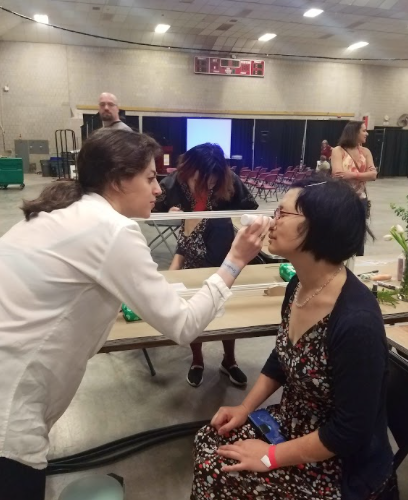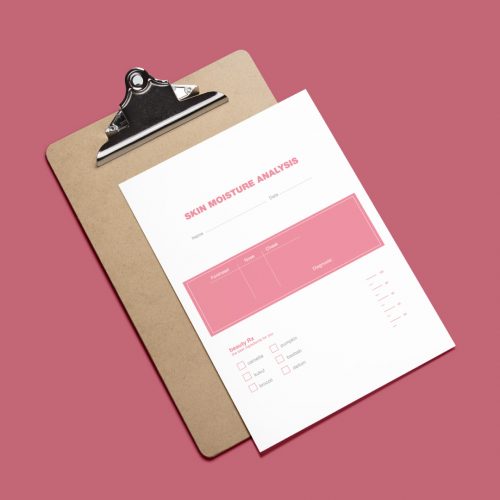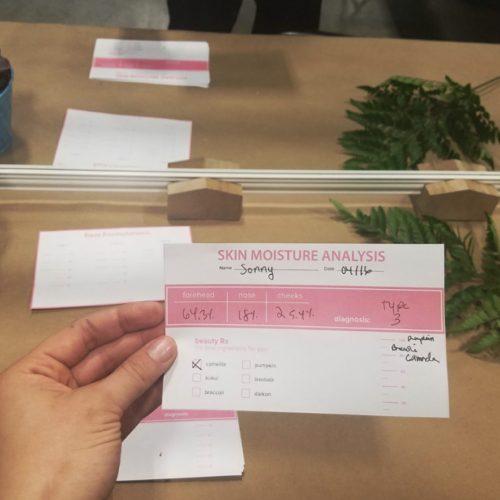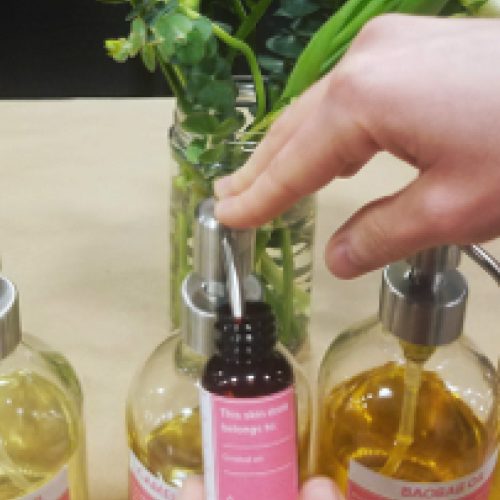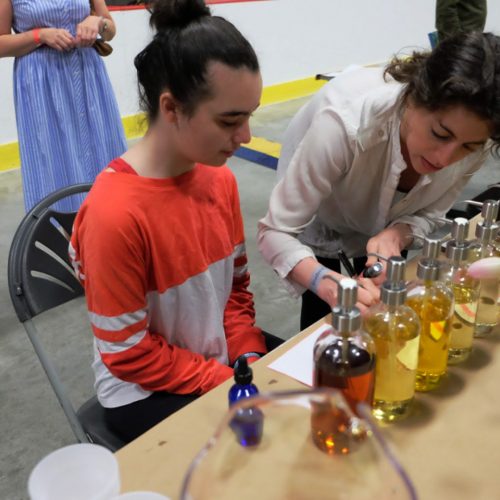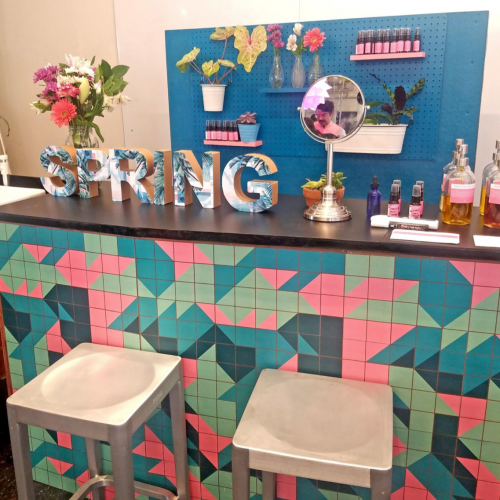- Laura Facussé
- Meghan Maupin
- Yoly Yin
Spring, developed at the IDM Program at MIT. Re-launched as Atolla Skin Lab
My Role: Designed & developed product vision, decision tree for the initial algorithm, customer journey, and key differentiator features that were patented including: 1) the preference test, 2) testing and collecting actual skin data (vs self reported online quiz)
Data-Driven Personalized Beauty Solution
PROBLEM STATEMENT People don´t know how to choose products that work for their changing skin. No easy way exists to help find skin care products that are best suited for your skin. Product selection is overwhelming for customers and brick and mortar stores don´t have personalized testing services to help customers choose product for skin hydration. Online stores offer surveys to guide customer choices, but the experience is impersonal, does not educate the customer and has no physical testing of the skin and formulas.
Discover
The Future of Skincare
Our Concept
The beauty industry is moving towards customization and data driven solutions with algorithms to create personalized beauty solutions for hair, skin and inside-out beauty nutrition. Spring is a data-driven beauty space that helps people choose products that work for their changing skin and educates them on why certain ingredients work better than others. It is a brick and mortar store where customers can have their skin diagnosed, be educated on ingredients and test formulas recommended for their skin. Customers are able to get a natural personalized skin care regimen with a product specialist.
Spring is currently using a physical skin test with a skin analyzer tool used by dermatologists, combined with environmental and lifestyle data shared via survey to measure a variety of factors including skin hydration, oil content, sun damage, age, and skin concerns and goals (such as, reduce fine lines or eliminate breakouts). These data points are then put in Atolla’s proprietary algorithm to recommend a custom facial oil formulation, down to the ingredient and dosage level that address the individual’s specific skin concerns. The team then prepares the facial oil right in front of you. All of this is done in under 10 minutes.
Spring can measure if the formulation is working over time and can make adjustments to the product based off changing customer needs like moving locations, changing hormones, or seasonal skin changes. The data would be tracked in a skin profile so that clients can keep track of changes over time via an app that uses computer vision to give the skin factors (ex. oil content and hydration) a relative score, and measure the results of how well a product is working. Eventually the line will expand beyond facial oils to other personalized skincare products.
In terms of competitors in the space, there are some survey based skin products, however there are very few companies working with the physical data combined with the survey and machine vision scoring of skin concerns. This combination of data collection allows Spring to measure the effectiveness of the product, helping the company develop a long-term relationship with their clients.
Spring believes the in-person data component is essential because consumers don’t necessarily know or understand the full picture of their skin (for example, the oil content of the skin). This allows the team to be precise and not biased in terms of their formulation because it is not all self-reported data. Two distribution channels considered—is going straight to the consumer or partnering with dermatologists, or both.
Stage 1
Diagnose Skin
Creating the
Customer Experience
We tested the personalization of the product and a new customer experience at our pop up shop and created a brick and mortar layout best suited for our customer´s journey and experience. Future plans included a mobile app to help customers keep track of their skin health, reorder & connect with the Spring community.
Stage 2
Educate & Recommend
Trials
Metrics
- Skin Hydration Level
- Allergens
- Preferred Slip & Feel Texture
Product Format
- 1fl oz Face Oil
- 100% Natural
- Oils included Kukui, Broccoli Seed, Daikon, Camellia, Baobab, Pumpkin
Developing Our Process
Test skin type by using a moisture pen on nose, cheeks, and forehead. Determine skin “type” by gathering and calculating percentage inputs. Ask for allergenic information. Record data on skin analysis card and determine category: Skin Type I: 0-20%, Skin Type II: 20-30%, Skin Type III: 30%+ Recommend two base formulations and test them on the consumer´s cheek areas. Learn about the consumer´s preferences and define a formula. Educate consumer on oil recommendations. Allow for individual oil testing and exploration. Redefine formulation, if needed. Create personalized blend.
Stage 3
Test & Formulate
Designing
for Results
Users were allowed to test individual oils and formulate oils that had a preferred texture at recommended levels for their skin needs. Users were also able to scent their formulas if desired. We were able to test users during winter and springtime, and we learned that as the skin adapts to the seasons, the skin care regimen must change. Therefore, we were able to create different oil formulations for the different seasons, skin “type”, and texture preferences.
Consumers enjoyed being able to decide what goes into their products, to learn more about skin care formulation and natural ingredients, and having their skin tested with a “medical” device.





